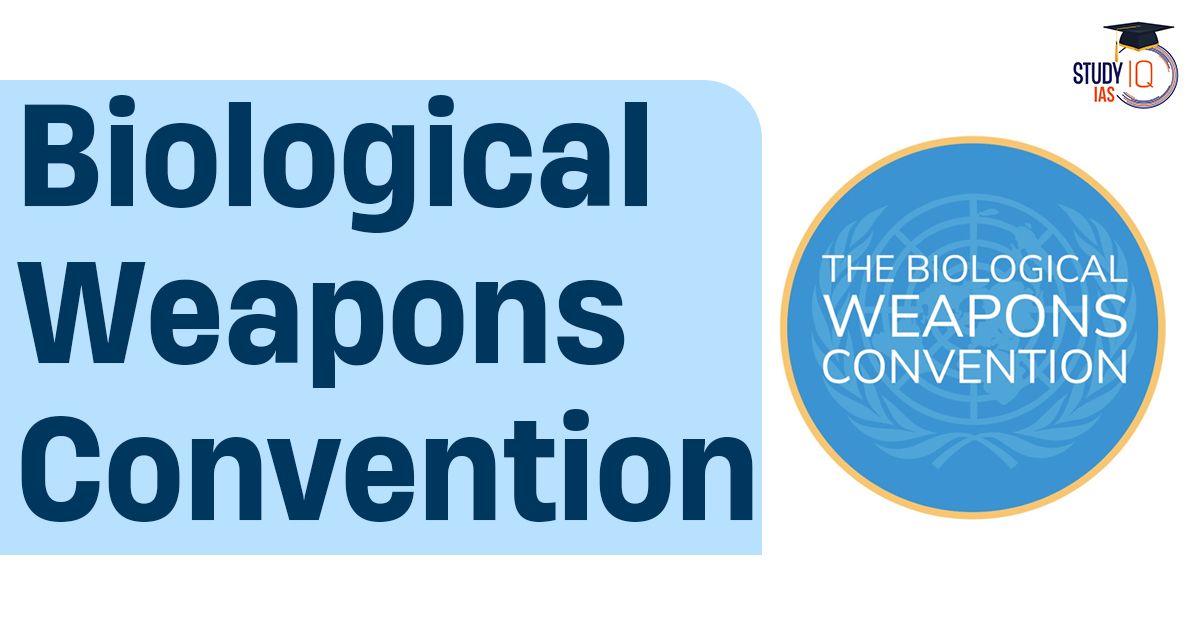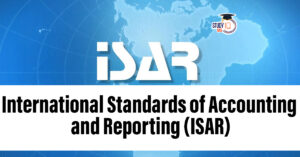Table of Contents
Context: 26 March 2025 marks the 50th anniversary of the entry into force of the Biological Weapons Convention.
About Biological Weapons Convention (BWC)
- Biological Weapons Convention (BWC) is the first multilateral disarmament treaty that bans an entire category of weapons of mass destruction (WMDs). It entered into force on 26th March 1975.
- Biological weapons are disease-causing organisms or toxins, like bacteria, viruses or fungi, intentionally used to harm or kill humans, animals or plants for military or terrorist purposes
- It prohibits the development, production, acquisition, transfer, stockpiling and use of biological and toxin weapons.
- The Convention was negotiated by the Conference of the Committee on Disarmament in Geneva, Switzerland.
Objectives of the BWC
It aims to ensure that biological sciences and biotechnology are used only for peaceful purposes.
- Ban Biological Weapons – Stop the use of pathogens or toxins as weapons.
- Disarmament & Non-Proliferation – Prevent any nation from stockpiling or creating biological weapons.
- Promote Peaceful Research – Promote the application of biotechnology only for medical, industrial, and agricultural purposes.
- International Cooperation – Support scientific collaboration with proper biosecurity.
Members of Convention
- Members: 188 countries. (India is a member).
- States that have neither signed nor ratified BWC: Chad, Djibouti, Eritrea, and Israel.
| Challenges faced by Biological Weapons Convention (BWC) |
|
Significance of the Biological Weapons Convention (BWC)
- Improves global biosecurity and public health security.
- Enhances international collaboration on preventing and responding to disease.
- Serves as a foundation for biological arms control efforts worldwide.


 India Suspends SAARC Visa Exemption for ...
India Suspends SAARC Visa Exemption for ...
 UNESCO Memory of the World Register
UNESCO Memory of the World Register
 International Standards of Accounting an...
International Standards of Accounting an...





















